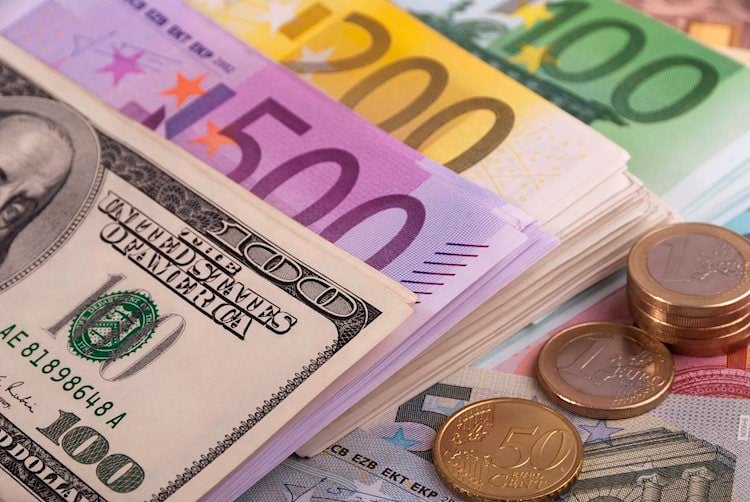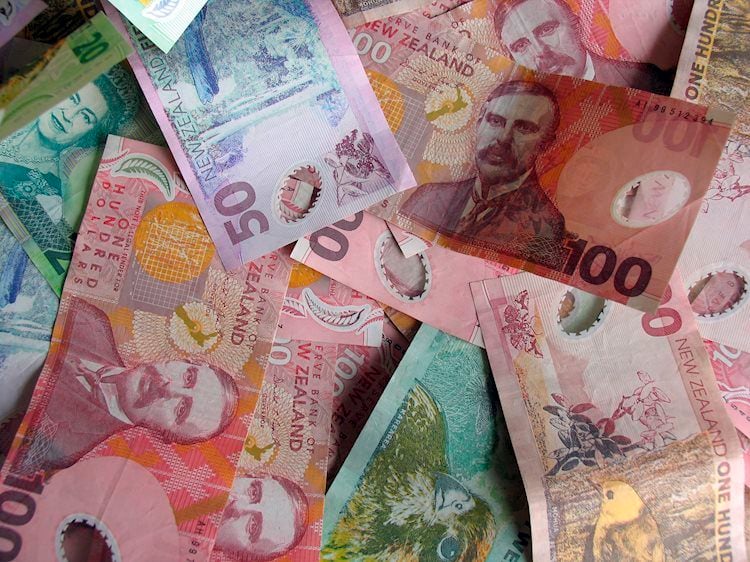Around the three-week low, WTI bears take a respite.
The weekly API stockpile fell to 7.983 million from 8.153 million the week before.
The IEA’s downbeat oil demand predictions also put doubt on the recovery’s progress.
Risk catalysts and the EIA stockpile are being watched for a new jolt.
During the early Asian morning on Thursday, WTI struggles to maintain its late Wednesday bounce off a three-week low at $71.70. The recent rise in the energy benchmark can be attributed to a drop in the US dollar and expectations of increasing oil demand. The black gold does so by ignoring weekly inventory data from industry sources, such as the American Petroleum Institute (API).
The inventory draw was lower than the previous week’s 8.153M to 7.983M, according to the latest API Weekly Crude Oil Stock data.
The new market concerns over coronavirus (COVID-19) variations could also be a drag on oil prices. “A new spike in coronavirus infections fueled by the more virulent Delta form could force consumers to “draw back” and impede the US recovery,” Atlanta Federal Reserve President Raphael Bostic said recently, according to Reuters.
On the same note, the Energy Information Administration (EIA) released its newest oil demand prediction on Wednesday, which reduced the forecast for world oil demand growth in 2021 by 80,000 barrels per day (bpd) to 5.33 million bpd.
Above all, a slowdown in the US dollar’s ascent to its highest level since early April, as well as FOMC minutes suggesting less challenges to the easy money policies, appear to favor the corrective downturn, at least for the time being. In addition, the oil purchasers benefit from OPEC+’s uncertainties about its next action.
Due to a lack of significant data in Asia, oil prices may be influenced by risk factors and may continue to consolidate. Following that, the official inventory statistics from the Energy Information Administration (EIA), which are estimated to be -3.925 million vs -6.718 million, will be crucial.
WTI prices are heading below the $70.00 mark after the first daily close below the 21-day SMA, around 72.55. However, an ascending support line from November 2020, near $68.00, ahead of March’s top near $67.85, will cast doubt on any additional fall./n





